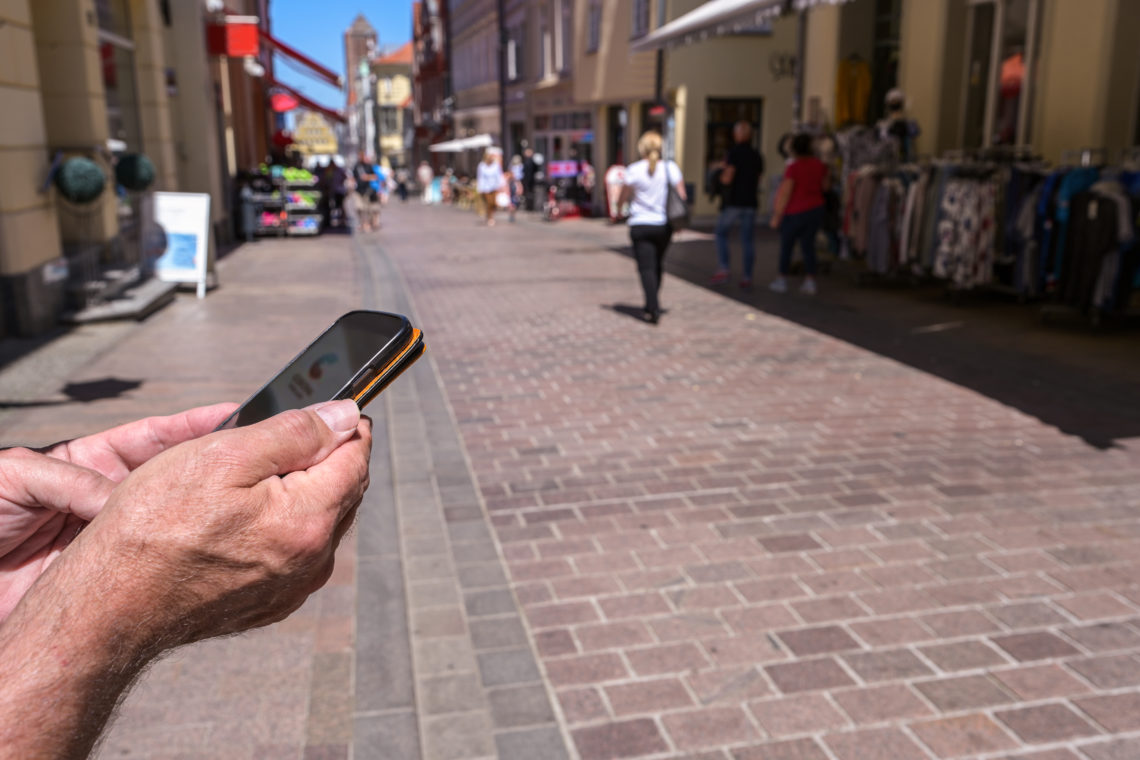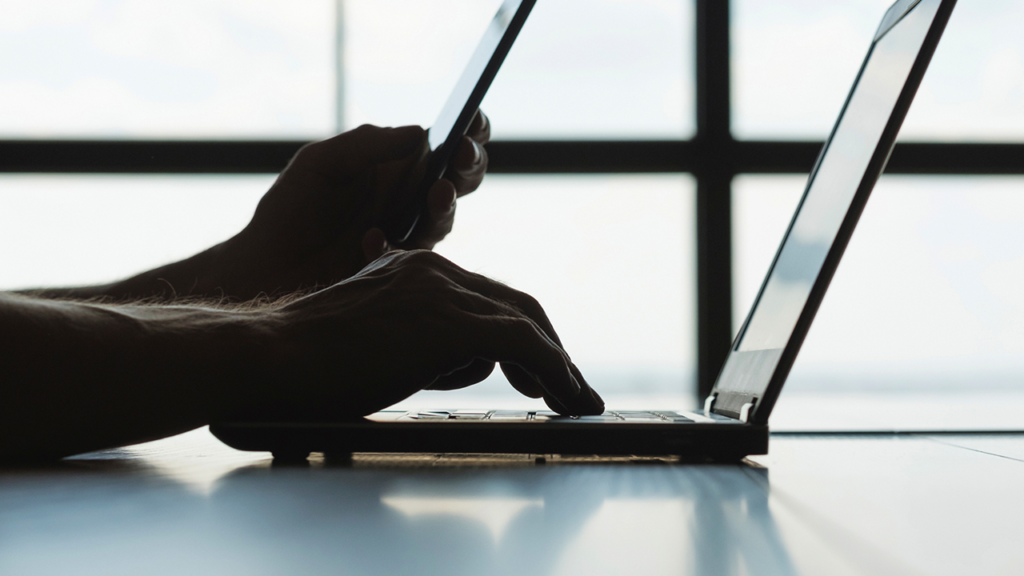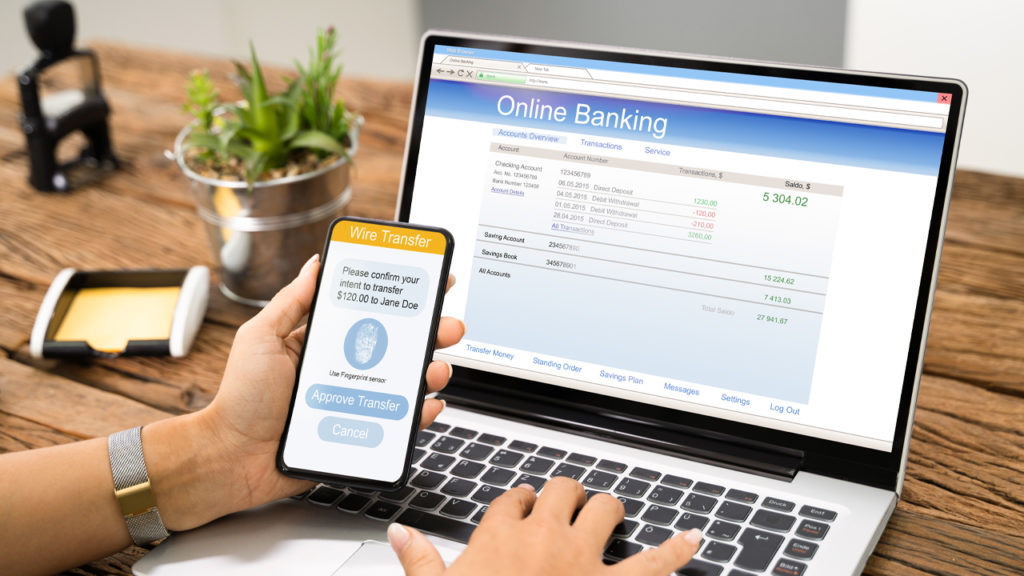Contact tracing involves identifying people who have an infectious disease and the people with whom they have come into contact. That information is then used to reduce or halt the spread of the disease by taking preventive or curative measures. Diseases for which contact tracing has been used range from tuberculosis to sexually-transmitted diseases to Ebola and now COVID-19.
Although contact tracing has traditionally been accomplished by interviewing patients and their contacts, today contacts can also be traced using mobile phones, wearables and other electronic methods. Many governments around the world are encouraging or requiring citizens to wear monitoring devices in their efforts to stop the spread of COVID-19. Employers may even require employees to wear devices to enforce social distancing, such as a device that gives off a warning signal when workers come within a specified distance of each other.
Wearables may use Bluetooth to track people’s proximity to one another or identify whether the wearer has left a defined area (e.g., their home). The devices may also monitor the wearer’s vital signs (such as body temperature) for early identification of those who may be ill.
Use of tracking devices may be voluntary or mandatory. Either way, their use raises privacy issues about the data collected and how it is used. Many proposed apps will rely on geo-location tracking, but this raises the issue of whether individuals understand the extent to which they’re giving the app an “almost uncomfortable degree of insight into their daily activities,” says attorney Jena Valdetero.
“While there is a clear public health need and individual benefit to people to participate in contact tracing, most people are uneasy about the idea that the government – or a hacker – may be able to tell exactly where they go and when,” Valdetero said.
According to Sherrese Smith, vice-chair of Paul Hastings’ Data Privacy and Cybersecurity practice, “Bluetooth was not designed for contact-tracing, so it is a somewhat blunt tool for identifying potential COVID-19 exposure. Proximity is only one factor in virus exposure and may be less significant than other factors, such as wearing a face mask.”
“Relying solely on proximity risks creating a database that overestimates potential exposure events. If a ‘clean’ proximity record becomes necessary for some individuals to go back to work or get life insurance, over-inclusion can result in real-world negative consequences.” Smith also suggested that the concern of many people is that these systems, which are designed to contain COVID-19, will become the basis for more widespread digital surveillance in the future.
Many U.S. citizens will resist what they see as an invasion of their privacy if they are required to submit to contact tracing, while others will see value in anything they perceive as helping to fight the virus. As such, finding a way to gather data while protecting individuals’ privacy is critical to the success of COVID-19 contract tracing.



